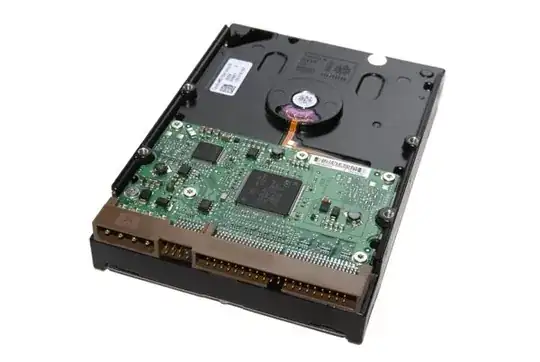I have lost many electronics that I keep unused for a long time before due to the near sea (high humidity area) area that I live in. I learned this the hard way, so in order to protect hard drives unused for long periods that I use as back up, I wrapped them using a cling film to be air tight and prevent moist air or dust to the hard drives. Then I heard hard drives need access to normal air pressure. I have three WD hard drives one external (My Passport 1 TB) two internals one is SATA the other is IDE, which I sealed for more than a month now. Is there a problem with sealing the hard drives that way, should I worry about the drives?
5 Answers
First of all "normal air pressure" and "air tight seal" are not mutually exclusive. Secondly "normal air pressure" requirement is just for the operating mode not for the storage. The bottom line is your drives are going to be fine. I mean if they fail - that won't be because you stored them in an air tight container.
- 2,763
Wrapping using cling film should keep dust out. Keeping moisture out is less likely. I think there will be little effect on moisture in the air INSIDE the wrapping unless it is completely air tight and has been wrapped in a different atmosphere. So, other than regular moisture problems, I suggest that the most important problem is temperature. If the drives are cold, moisture can condense causing a problem.
- 8,218
I don't think you should worry about your drive, as the air pressure is actually around the same (at least it should be, maybe with small differences). As long as water or large amounts of dust does not collects inside, your hdd should be fine.
- 148
Wrapping the hard drives in cling film does not seem to change the pressure much, unless you used some sealing technique involving a vacuum to suck the air out.
- 61
I see a challenge using cling film for long term storage. That is, you could actually be trapping moisture in if you wrap them on a muggy day.
The area of susceptibility on the drive is the control board and maybe the pins, Molex pins or SATA connectors.

The gap between the board and the film could cause you problems over time in storage. You probably notice this when you stretch the film tight across the PCB board (as the body edge of the drive is higher than the bottom of the board). Thus there is a gap where air (possibly moist) is trapped.
I suggest one Ziploc bag, white rice, a Post-it note, a can of air and a permanent marker.
- Put drive in Ziploc bag.
- Fill bag with white rice.
- Note on Post-it any files you want to know that are on the drive and slide it between the rice and the bag, so you can read it later.
- Seal bag.
- Write the type of drive, date of storage and what ever else you want to know a year down the road on the Ziploc bag.
Seal the bag and store away.
When you want to recover the drive, blow it off with canned air.
Good things about rice and this idea:
- It absorbs moisture. If you put a muggy drive in the bag, it will "dry" the unit and keep moisture at bay.
- No static in the rice bag.
- It is biodegradable.
- You can reuse it over and over again unless it gets wet.
- Pressure would not be an issue (as a listed concern in one of the comments or reference to "what's this hole for").